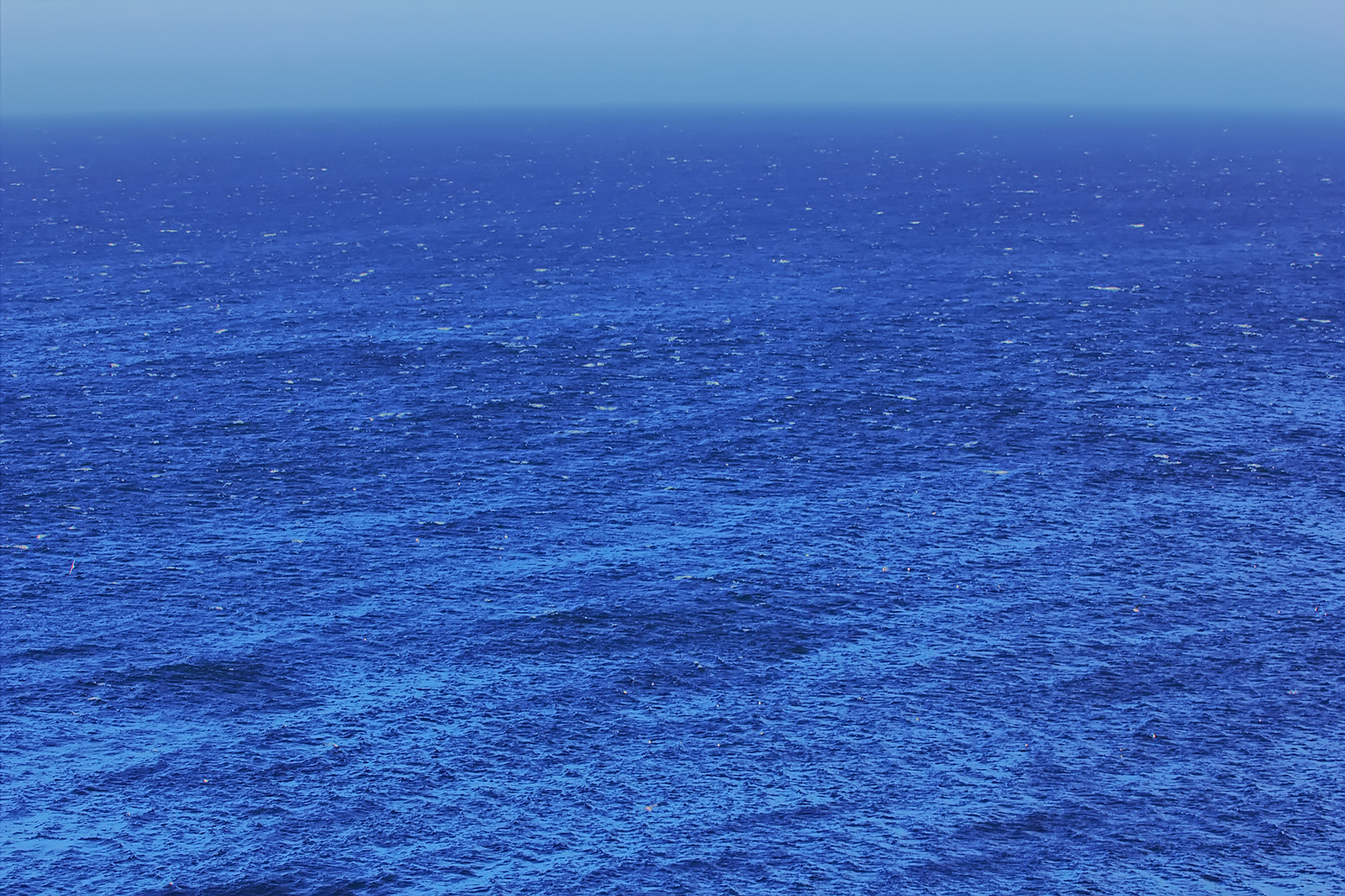Shallow compaction and fluid flow pattern in reservoirs and caprocks underneath Barents Sea
The Barents Sea has vast undiscovered oil and gas resources concealed in the sedimentary rocks underneath the sea floor. For safe and optimal exploration of these resources, the fluid flow processes in such rocks needs to be understood. In the era of declining petroleum resources, there is a higher demand on smart exploration approaches. Seismic exploration in the Barents Sea and many other places offshore Norway has found enigmatic underground features that represent narrow vertical channels of focused fluid flow, the so called “fluid escape pipes” and “gas chimneys”. At the same time, well drilling has found abnormal fluid pressures in some offshore reservoirs that are significantly lower than expected.
Focused fluid flow features and low reservoir pressure represent challenges for petroleum industry, causing problems during drilling and increasing the risk for seafloor installations. On the other hand, these features are often related to hydrocarbon reservoirs and might indicate the presence of hydrocarbons. Seismic chimneys have also recently gained attention in the context of CCS as it is not entirely clear whether or not they can affect the safety of CO2 underground storage. However, very little is known about the processes of their formation and their exact relation to reservoirs. Such understanding will help to answer practical questions about the potential risks associated with focused fluid flow features and how to use them in our search for new oil and gas resources.
Compaction and decompaction of the rock in the geological past, e.g. during the glaciation and deglaciation periods, significantly affected the distribution of petroleum and other fluids under the ground and might be responsible for formation of the complex fluid flow pattern underneath the Barents Sea. Thus, in this project we combine experimental and numerical modelling approaches to understand how focused flow structures and fluid pressure anomalies might have formed in the Barents Sea.
Start: 2018 – End: 2020

